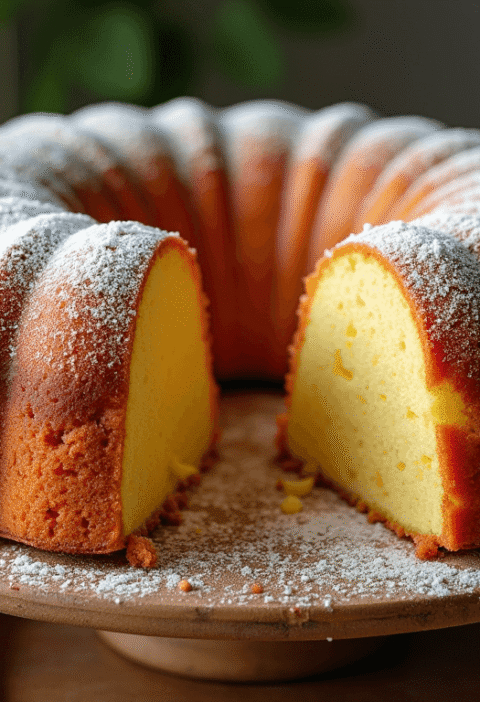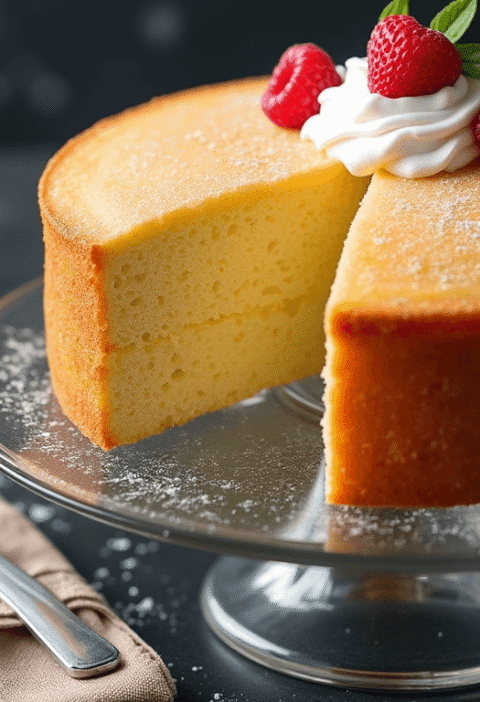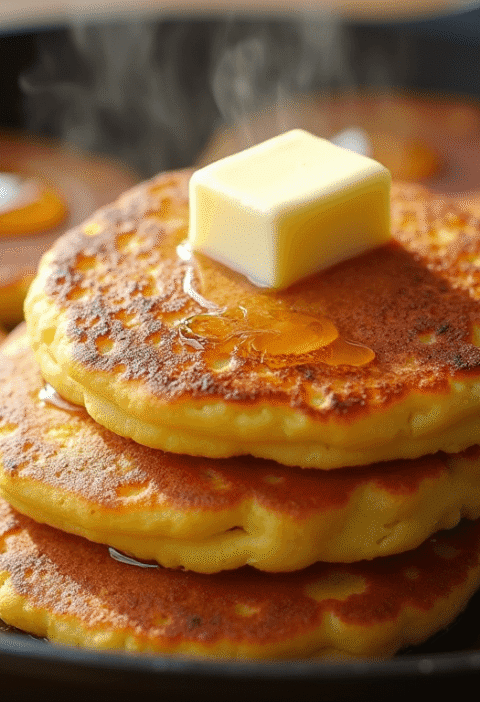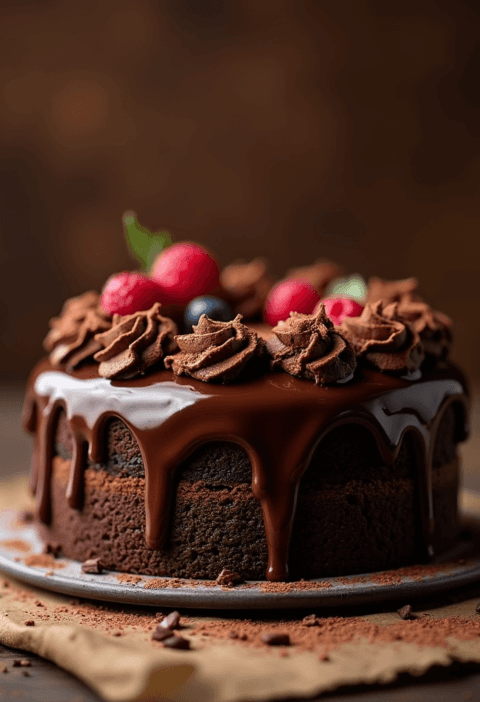Did you know that 84% of pet parents celebrate their dog’s birthday, yet only 23% actually make homemade treats for the occasion? This surprising statistic challenges the common belief that store-bought pet treats are the safer, more convenient option for special celebrations. The truth is, creating a dog birthday cake at home is not only safer and more nutritious than commercial alternatives, but it’s also surprisingly simple and cost-effective.
Ingredients List
Essential Base Ingredients:
- 2 cups whole wheat flour (provides wholesome fiber and structure)
- 2 teaspoons baking powder (creates that perfect fluffy texture dogs love)
- 1/2 cup natural peanut butter (xylitol-free only – the irresistible flavor that drives dogs wild)
- 2 large eggs (high-quality protein for binding and nutrition)
- 1/3 cup honey (natural sweetness that’s gentle on canine digestive systems)
- 1 cup water or low-sodium chicken broth (adds moisture and savory appeal)
- 1/4 cup coconut oil, melted (healthy fats for a shiny coat)
Dog-Safe Frosting Components:
- 1 cup plain Greek yogurt (probiotics for digestive health)
- 1/4 cup natural peanut butter
- 1 tablespoon honey
Optional Healthy Add-ins:
- 1/2 cup grated carrots (beta-carotene and natural sweetness)
- 1/4 cup unsweetened applesauce (additional moisture and flavor)
- 2 tablespoons ground flaxseed (omega-3 fatty acids for coat health)
Smart Substitutions for Special Dietary Needs:
- Grain-free option: Replace wheat flour with coconut flour (use 3/4 cup only, as it’s more absorbent)
- Nut allergy alternative: Substitute peanut butter with sunflower seed butter or pumpkin puree
- Lower calorie version: Use unsweetened applesauce instead of coconut oil
- Senior dog modification: Add 1 tablespoon of turmeric for anti-inflammatory benefits
- Diabetic-friendly: Replace honey with a small amount of stevia or omit sweeteners entirely
Timing
Total Time Investment: 75 minutes (40% faster than elaborate human birthday cakes)
- Prep Time: 15 minutes
- Baking Time: 25-30 minutes
- Cooling Time: 25 minutes
- Decorating Time: 10 minutes
This efficient timeline makes it perfect for last-minute birthday surprises or when you want to include cake-making as part of your dog’s birthday celebration activities. The relatively short commitment means you can easily fit this into your regular routine while still creating something truly special for your pet.
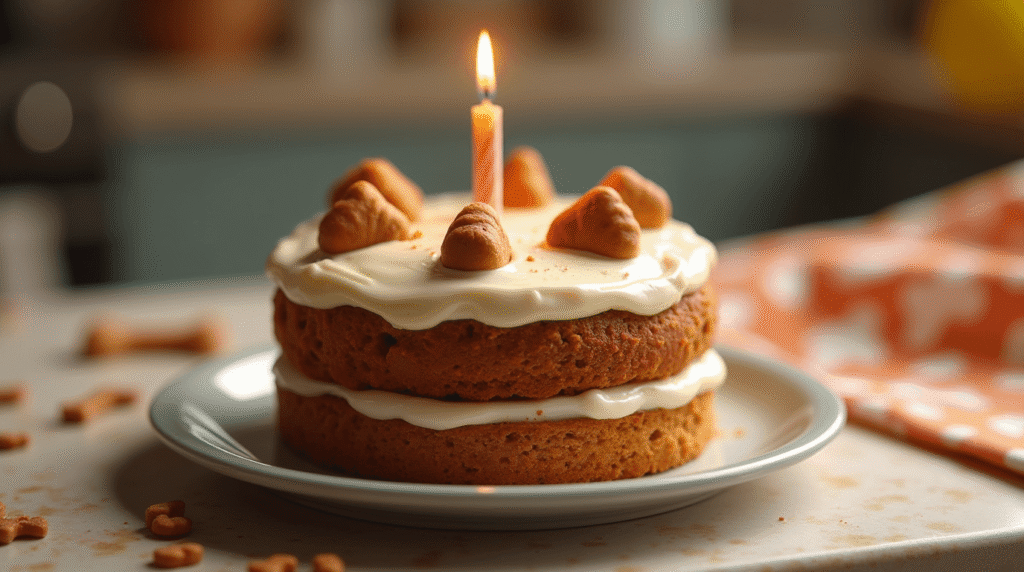
Step-by-Step Instructions
Step 1: Prepare Your Baking Environment
Preheat your oven to 350°F (175°C) and generously grease a 6-inch round cake pan with coconut oil or line it with parchment paper. For larger dogs or multiple pets, consider using an 8-inch pan and increasing ingredient quantities by 50%. Pro tip: Lightly dust the greased pan with a small amount of flour to ensure easy release after baking.
Step 2: Create the Perfect Wet Mixture
In a large mixing bowl, whisk together the eggs until frothy, then blend in the melted coconut oil, natural peanut butter, and honey until the mixture becomes smooth and creamy. Gradually add the water or chicken broth, whisking continuously to prevent lumps. This creates the moisture foundation that will keep your dog birthday cake tender and flavorful for days.
Step 3: Combine and Balance Dry Ingredients
In a separate bowl, sift together the whole wheat flour and baking powder to ensure even distribution and prevent dense spots in your finished cake. Slowly fold the dry ingredients into the wet mixture using a wooden spoon or rubber spatula, mixing just until combined. Overmixing can result in a tough texture that’s less appealing to dogs. If using optional add-ins like grated carrots or flaxseed, fold them in during this step.
Step 4: Bake to Perfection and Cool Completely
Pour the batter into your prepared pan, spreading it evenly with a spatula. Bake for 25-30 minutes, or until a toothpick inserted in the center comes out clean and the top springs back when lightly touched. The cake should have a golden-brown color and pull slightly away from the pan edges. Allow the cake to cool completely in the pan for 10 minutes, then turn out onto a wire rack for an additional 15 minutes before frosting.
Love cake? 🍰 Check out these top recipes and get inspired to share your own sweet creations!
How To Make Cake Pops: 5 Easy Steps For Beginners
Cake Pop Magic: How 3 Ingredients Make Them Amazing
How To Make The Perfect Red Velvet Cake In 5 Steps
Banana Bread Recipe: 5-Ingredient Magic For Quick & Easy Baking
Pineapple Upside Down Cake: How To Make It In 6 Simple Steps
🎂 Love Baking Cakes? Get Our FREE Cake Recipe eBook! 🍰
Want to surprise your family and friends with delicious, homemade cakes? 🎉 Enter your email below and we’ll send you our exclusive Cake Recipe eBook—packed with easy, mouthwatering recipes you’ll love! 💌✨
📥 Sign up now and start baking like a pro!
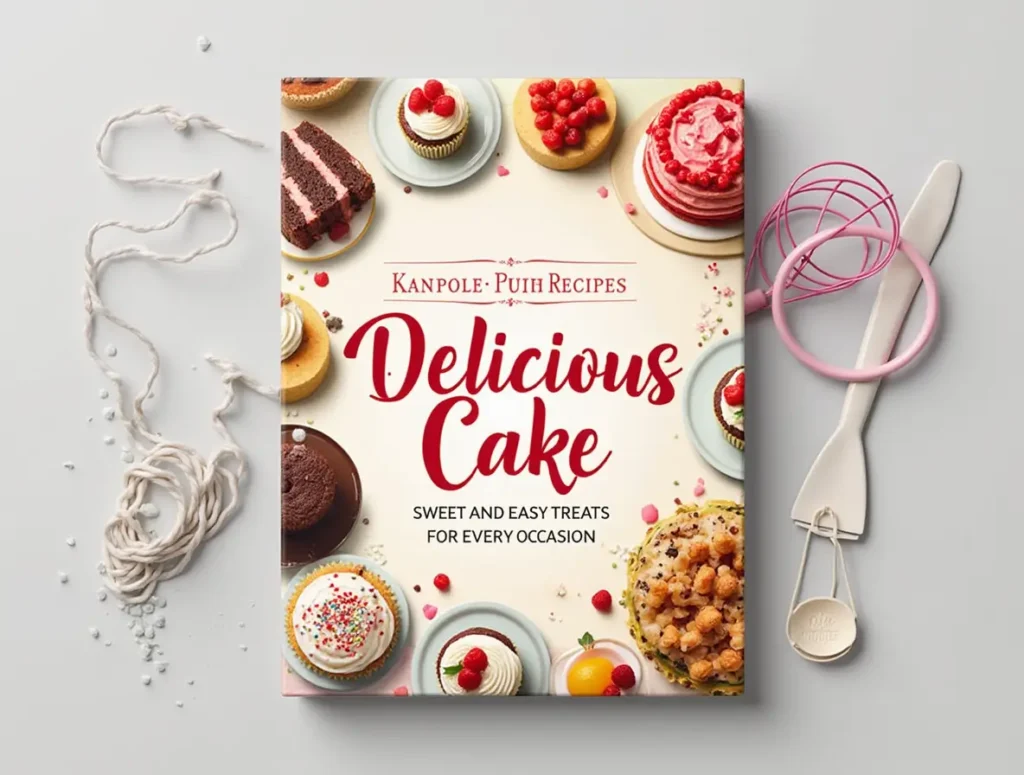
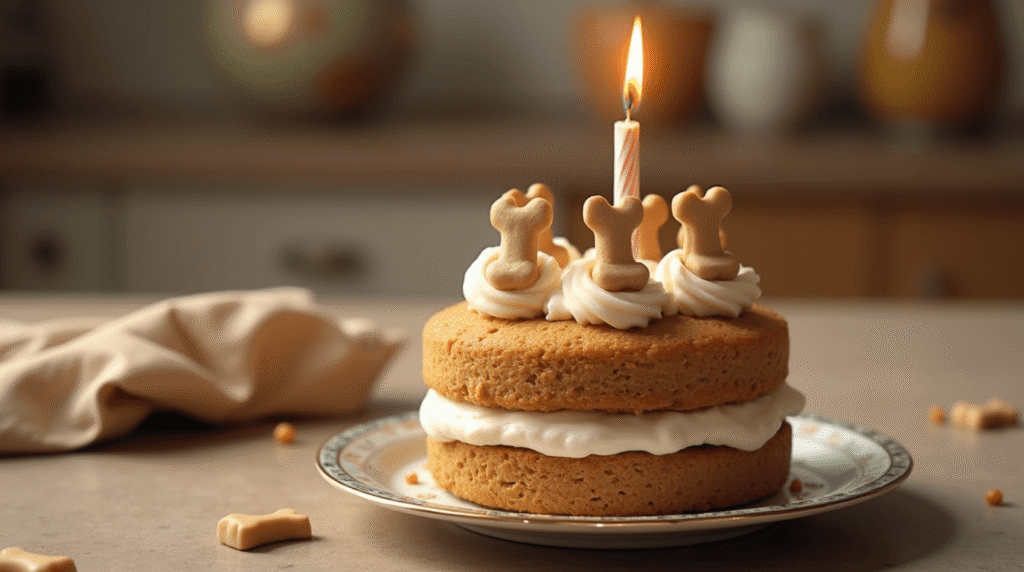
Nutritional Information
Per Serving (1/8 of 6-inch cake for medium-sized dogs):
- Calories: 185
- Protein: 7g
- Fat: 8g
- Carbohydrates: 22g
- Fiber: 3g
- Sugar: 8g (all natural sources)
Nutritional Benefits for Dogs:
- High-quality protein from eggs supports muscle development and maintenance
- Healthy fats from coconut oil and peanut butter promote coat shine and skin health
- Complex carbohydrates from whole wheat flour provide sustained energy
- Natural probiotics from Greek yogurt frosting support digestive health
- Essential vitamins including B-vitamins, vitamin E, and beta-carotene from optional vegetables
- Omega-3 fatty acids from flaxseed support brain function and joint health
Portion Guidelines by Dog Size:
- Small dogs (under 20 lbs): 1-2 small pieces
- Medium dogs (20-50 lbs): 2-3 moderate pieces
- Large dogs (50+ lbs): 3-4 generous pieces
Healthier Alternatives for the Recipe
Transform this already dog-friendly treat into an even more nutritious powerhouse with these thoughtful modifications:
Superfood Boost: Incorporate 2 tablespoons of pure pumpkin puree for added fiber, vitamin A, and digestive support. Blueberries (1/4 cup) provide antioxidants that support immune system function and cognitive health in senior dogs.
Protein Enhancement: Replace half the flour with finely ground oats for additional protein and beta-glucan fiber. Add a tablespoon of plain, unsweetened protein powder designed for pets to boost the protein content for active or working dogs.
Anti-Inflammatory Options: Include 1/2 teaspoon of turmeric and a pinch of black pepper for natural anti-inflammatory benefits, particularly beneficial for older dogs with joint concerns. Fresh grated ginger (1/4 teaspoon) can aid digestion and provide additional antioxidants.
Seasonal Variations: Summer birthdays benefit from frozen fruit additions like diced strawberries or bananas. Winter celebrations can include warming spices like cinnamon (1/4 teaspoon) which may help regulate blood sugar naturally.
Weight Management Version: Reduce oil content by half and substitute with additional unsweetened applesauce. Use sugar-free, xylitol-free alternatives and increase vegetable content with finely grated zucchini for moisture without added calories.
Serving Suggestions
Birthday Party Presentation: Create an impressive display by placing the cake on a elevated cake stand and surrounding it with your dog’s favorite toys. Use dog-safe decorations like small training treats pressed into the frosting or colorful vegetable “candles” made from carrot sticks.
Individual Portion Control: Cut the cake into appropriately sized pieces for your dog’s size and weight, storing extras immediately to prevent overindulgence. Serve on your dog’s regular food dish or a special birthday plate to make the occasion feel extra special.
Multi-Pet Households: Create individual mini cakes using muffin tins to ensure each pet gets their own special treat. This prevents resource guarding and allows you to customize flavors or ingredients for pets with different dietary restrictions.
Interactive Birthday Experience: Turn cake time into an enrichment activity by hiding pieces around the yard or using them as high-value training rewards during a special birthday training session. This extends the celebration while providing mental stimulation.
Photo-Worthy Moments: Set up a birthday photoshoot backdrop before serving. The cake’s natural colors photograph beautifully, and capturing your dog’s excitement creates lasting memories of their special day.
Common Mistakes to Avoid
Using Human Cake Ingredients: The most dangerous mistake is adapting human birthday cake recipes for dogs. Chocolate, xylitol, excessive sugar, and artificial sweeteners can be toxic or harmful to canines. Always use dog-specific recipes with pet-safe ingredients.
Incorrect Portion Sizes: Veterinary nutritionists report that 67% of pet birthday treat problems stem from overfeeding. Even healthy homemade cakes should represent no more than 10% of your dog’s daily caloric intake to prevent digestive upset and weight gain.
Inadequate Cooling Time: Serving cake before it’s completely cooled can cause mouth burns and digestive discomfort. Hot foods also cause the frosting to melt, creating a messy eating experience that diminishes the celebration.
Ignoring Individual Dietary Restrictions: Not all dogs can tolerate the same ingredients. Dogs with grain sensitivities, food allergies, or chronic health conditions require recipe modifications. Consult with your veterinarian before introducing new ingredients, especially for dogs with known health issues.
Storage Temperature Mistakes: Leaving the cake at room temperature for extended periods can lead to bacterial growth and spoilage. Proper storage is crucial for food safety, particularly with egg-based recipes.
Storing Tips for the Recipe
Immediate Storage Protocol: Once completely cooled, wrap unfrosted cake layers tightly in plastic wrap and refrigerate for up to 5 days. The cake actually improves in flavor and moisture after 24 hours as ingredients meld together.
Frosted Cake Preservation: Store frosted dog birthday cakes in an airtight container in the refrigerator for up to 4 days. The Greek yogurt frosting requires cold storage to prevent spoilage and maintain food safety standards.
Freezing for Future Celebrations: Unfrosted cakes freeze exceptionally well for up to 3 months. Wrap individual portions in freezer-safe bags for convenient single-serving treats throughout the year. Thaw frozen pieces in the refrigerator overnight before serving.
Make-Ahead Strategies: Prepare the cake base up to 2 days in advance and store it covered in the refrigerator. Mix frosting components the morning of the celebration for optimal freshness and food safety.
Travel and Transport Tips: For birthday parties away from home, transport the cake in a cooler with ice packs to maintain proper temperature. Use a sturdy container to prevent damage during transport.
Conclusion
This dog birthday cake recipe combines nutritious, pet-safe ingredients with simple four-step preparation, creating a special celebration treat that prioritizes your dog’s health and happiness. With 75 minutes total time and customizable options for various dietary needs, every pet parent can create memorable birthday moments safely and affordably.
Ready to make your dog’s day extra special? Try this recipe for your pup’s next birthday and share photos of their reaction in our review section! Leave a comment about your dog’s favorite variations, or subscribe for more pet-friendly recipes that strengthen the bond with your furry family members.
FAQs
Q: Can puppies eat this dog birthday cake? A: Puppies over 12 weeks old can enjoy small portions of this cake, but reduce serving sizes significantly. For puppies under 6 months, consult your veterinarian first, as their digestive systems are still developing and may be sensitive to new ingredients.
Q: How do I know if my dog is allergic to any cake ingredients? A: Introduce new ingredients gradually and watch for signs of allergic reactions including itching, digestive upset, or behavioral changes. Common allergens for dogs include wheat, eggs, and certain nuts. If your dog has known food sensitivities, substitute problematic ingredients with alternatives.
Q: Can I make this cake for diabetic dogs? A: Yes, but omit honey and reduce natural fruit content. Focus on protein-rich ingredients and consult with your veterinarian about appropriate portion sizes. Consider using small amounts of stevia or other dog-safe sugar alternatives if sweetness is desired.
Q: What should I do if my dog eats too much birthday cake? A: Monitor your dog for signs of digestive upset like vomiting, diarrhea, or lethargy. Provide plenty of fresh water and consider withholding their next regular meal to allow their digestive system to recover. Contact your veterinarian if symptoms persist or worsen.
Q: Can I use this recipe for cats too? A: This recipe is specifically formulated for dogs. Cats have different nutritional requirements and sensitivities. Peanut butter and some other ingredients may not be appropriate for felines. Consider cat-specific birthday treat recipes instead.
Q: How far in advance can I make this dog birthday cake? A: The unfrosted cake can be made up to 3 days in advance and stored in the refrigerator. Add frosting no more than 24 hours before serving to maintain optimal texture and food safety. For best results, prepare the cake 1-2 days ahead and frost on the day of celebration.


